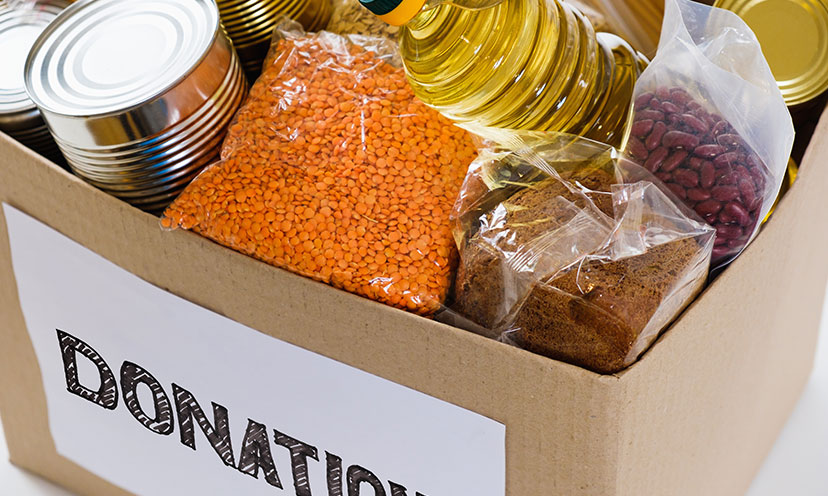Advertisement
How To Make Use Of Food Pantries (And Why You Shouldn’t Be Afraid To Use Them)
Blog | October 17th, 2018

Get It Free Recommends
Blog | October 17th, 2018
